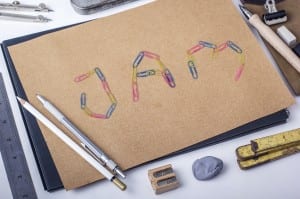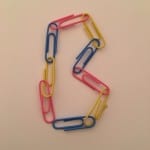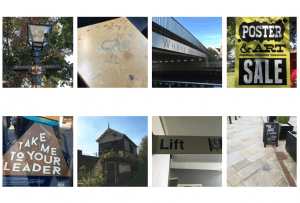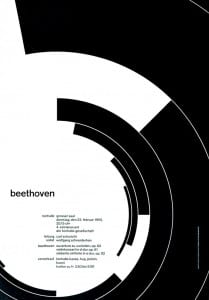Doing this has made me consider sketching my own typeface for the project, which I had ruled out before because I thought I’d be rubbish at it. My only problem would be coming up with an original idea.
I also had a go and sans serif fonts which I think turned out well.
I found this section called ‘typeface design’ on thinkingwithtype which I read through and I found the following questions particularly useful when thinking about what I want to do for my typeface.
Will the letters be serif or sans serif?
I think I want to create a sans serif typeface, but I’ll experiment with both.
Will you construct them geometrically or base them on handwriting?
I’d like to create a typeface with a script-like feel to it, or maybe base it on my handwriting. But I’m also interested in maybe creating one digitally or using objects to form letters.
Will you work with historic source material or invent the characters more or less from scratch?
I will probably create them from scratch as that’s just the way I seem to work in general. By playing around with either sketching, adobe illustrator or different objects to create my typeface I should come up with something that I like.
Typeface or font?
Something that I found interesting whilst scrolling through the website was a section called ‘typeface or font’ as this is a question I am often asking myself. I always used to think that ‘font’ was a term that came from fonts on computers, but font just generally means “the delivery mechanism” of the letterforms. I find this defined it very clearly and will help in my future use of the words and within this project.
A typeface is the design of the letterforms; a font is the delivery mechanism. In metal type, the design is embodied in the punches from which molds are made. A font consists of the cast metal printing types. In digital systems, the typeface is the visual design, while the font is the software that allows you to install, access, and output the design. A single typeface might be available in several font formats. In part because the design of digital typefaces and the production of fonts are so fluidly linked today, most people use the terms interchangeably.
 I’m not quite sure how I feel about this presentation. I will be looking into other ways I can present my typeface in order to showcase it well, such as on a poster or book cover. I will create more letters so I’m able to present the type with more thought.
I’m not quite sure how I feel about this presentation. I will be looking into other ways I can present my typeface in order to showcase it well, such as on a poster or book cover. I will create more letters so I’m able to present the type with more thought.
















